For collectors and gift seekers, we present the Swedish Officer’s Sabre of General-Adjutant Gustav Löwenhielm. Go to the photo albumPhotos of the lot on offer are at the very bottom
Esteemed collectors and visitors of the Antique Gallery website, seeking a gift, particularly antique weapons, we present to you the Swedish Officer’s Sabre of General-Adjutant Gustav Löwenhielm.
This officer’s sabre belonged to General-Adjutant Carl Gustav Fredrik Löwenhielm. It originates from Sweden and dates back to the late 19th century.
The hilt consists of a grip and guard. The grip’s head is made of brass, shaped like a lion’s head, with the tang of the blade flared at the top. The guard consists of one main and two additional protective bars that smoothly transition into a symmetrical cup. The far end of the cup is slightly bent towards the spine of the blade.
The grip is wooden and covered with ray skin, with the monogram “G” beneath the crown of the crown prince (Gustav V) depicted on both sides of the handle. The damasked blade features engravings and gold decor, including the inscription “For the King and the Fatherland” and a small state emblem with a northern star, with minor damage to the monogram.
Provenance: The owner of the sabre was Gustav Carl Fredrik Löwenhielm, and the sabre was passed to a European auction by the family relatives and subsequently purchased for a private collection.
Historical Note on the Swedish Officer’s Sabre of General-Adjutant Gustav Löwenhielm:
Count Gustav Carl Fredrik Löwenhielm (October 6, 1771 – July 29, 1856) was a Swedish general and diplomat. Löwenhielm was born in Stockholm, Sweden. He was the son of Chancellor and diplomat Fredrik Adolf Löwenhielm and Augusta von Fersen. He studied at the University of Strasbourg from 1781 to 1787 and participated with his regiment from 1788 to 1790.
He served as the inspector of cavalry from 1804 to 1809, and as colonel and general-adjutant in Pomerania and Saxony in 1805-1806.
In 1808, he was severely wounded at Pyhäjoki (Finland) and was captured by the Russians until his release in 1809.
He participated in the election of Charles XIV John of Sweden to the Swedish throne and served as his envoy in several foreign states from 1810 to 1837, being involved in many significant political events.
He was also the director of the Royal Theaters (Swedish Royal Opera and Royal Dramatic Theatre) from 1812 to 1818 and implemented several long-term reforms in their management.
He was the father of Margareta Augusta Maria Löwenhielm, Duchess de Fitz-James.
Go to the top of the ad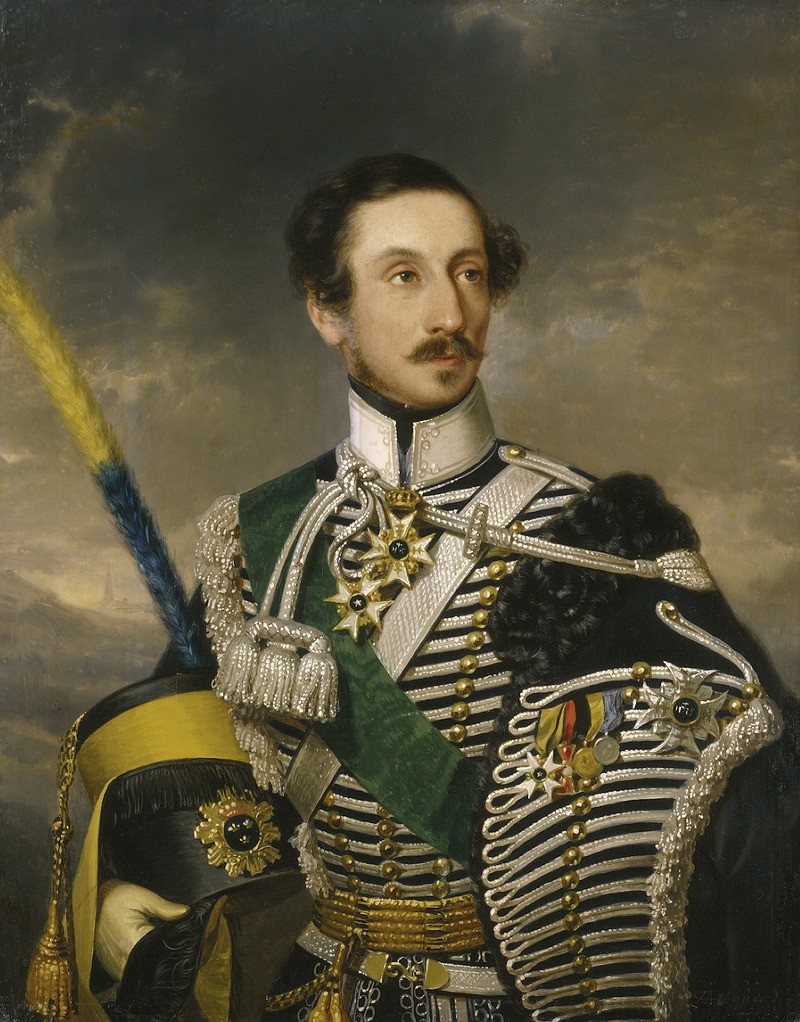







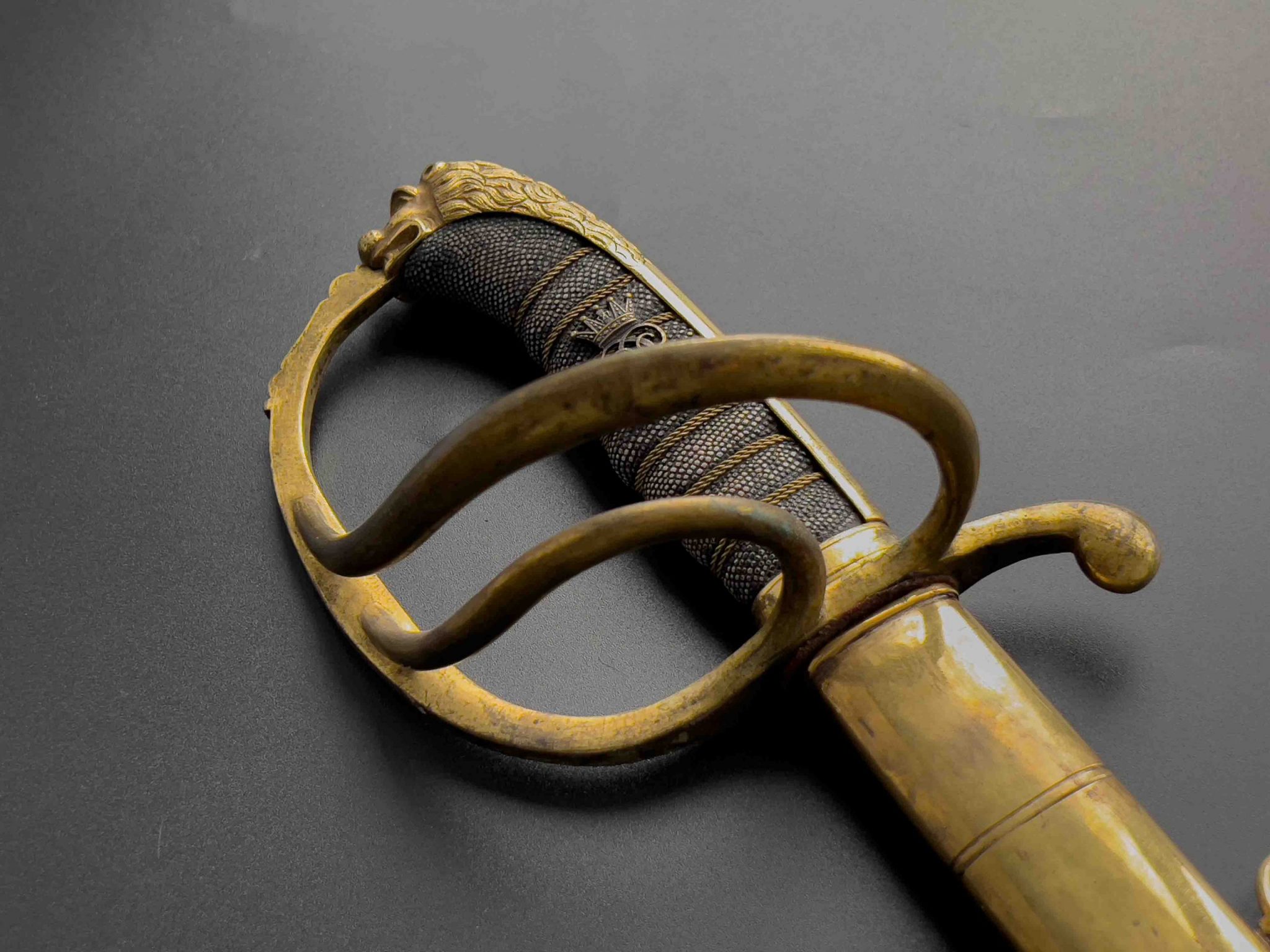











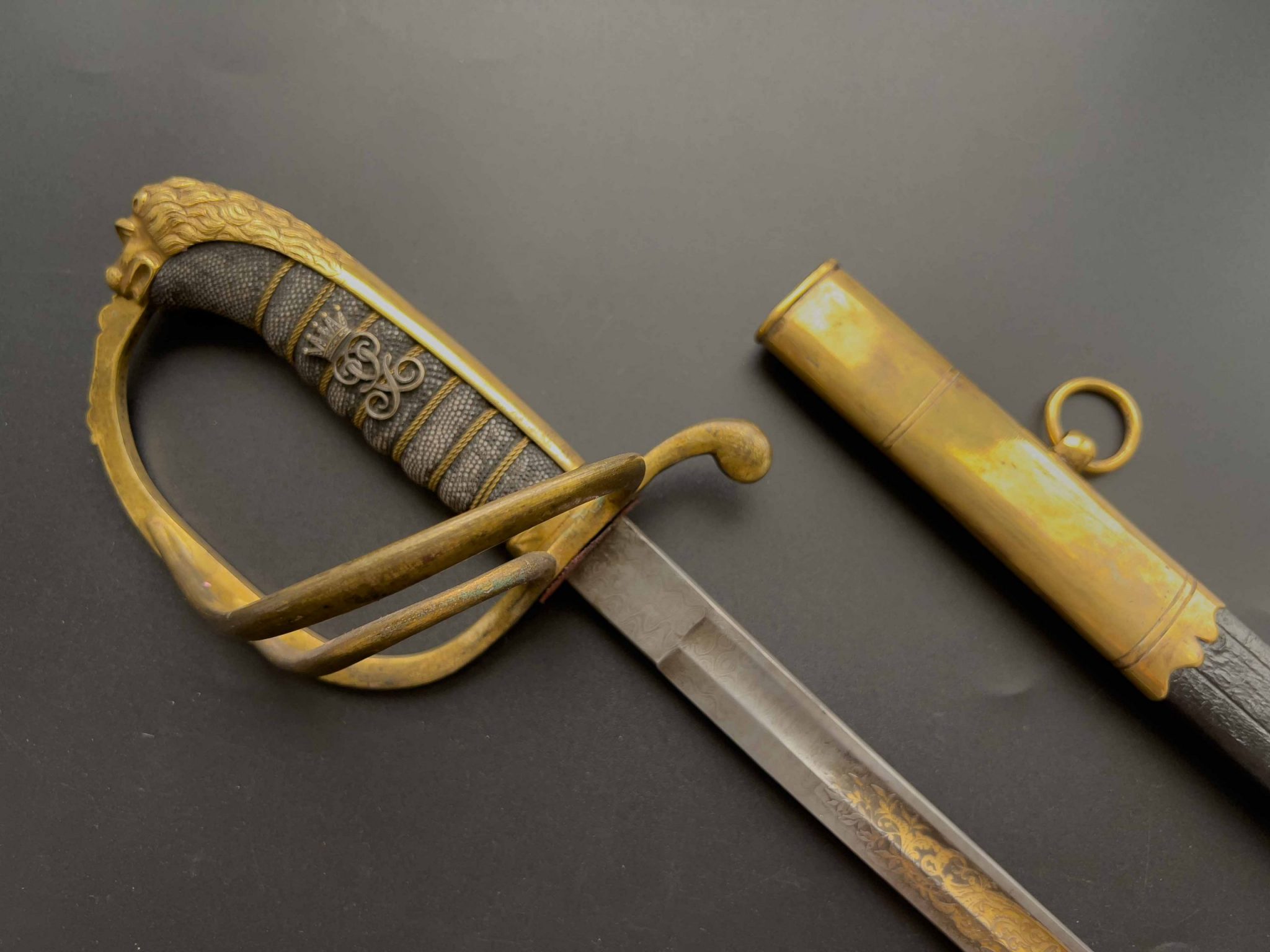


Be the first to review “Swedish Officer’s Sabre of General-Adjutant Gustav Löwenhielm” Cancel reply
Related products
-
Yatagan of the Ottoman Empire with the inscription: “O Muhammad, be my assistant.” 1824
4,250 $Original price was: 4,250 $.3,749 $Current price is: 3,749 $.



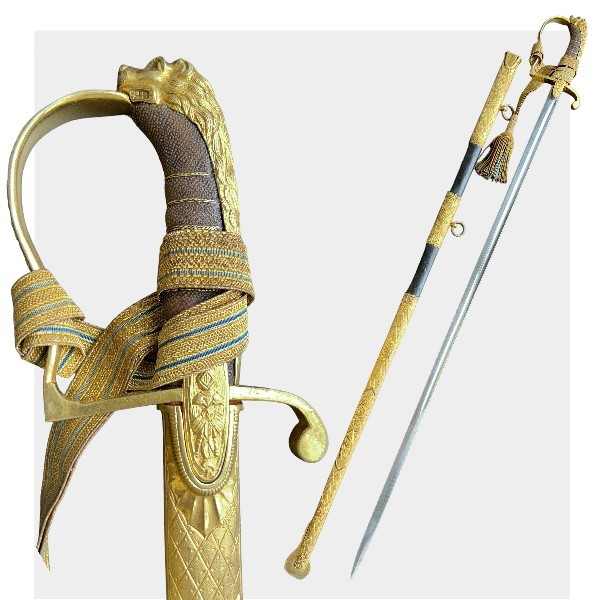



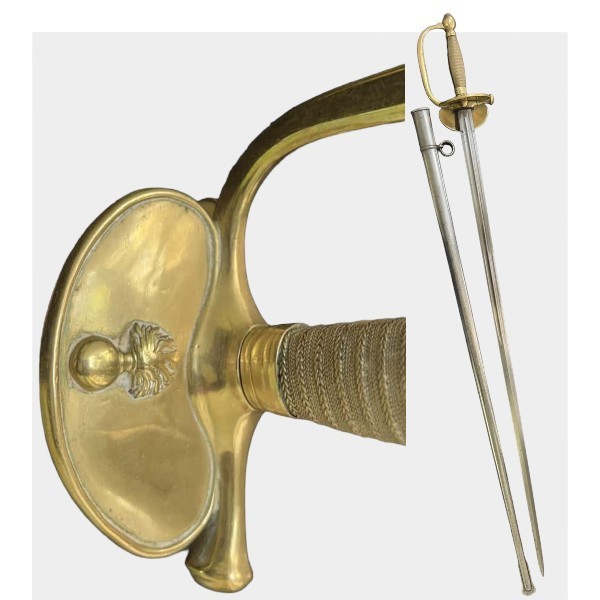
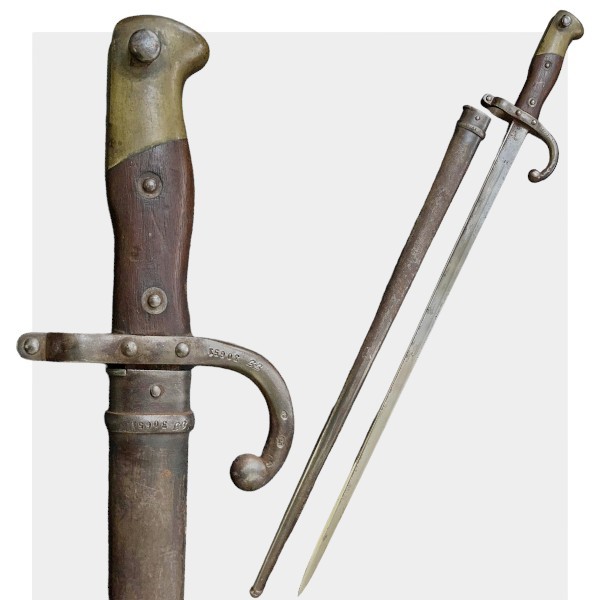


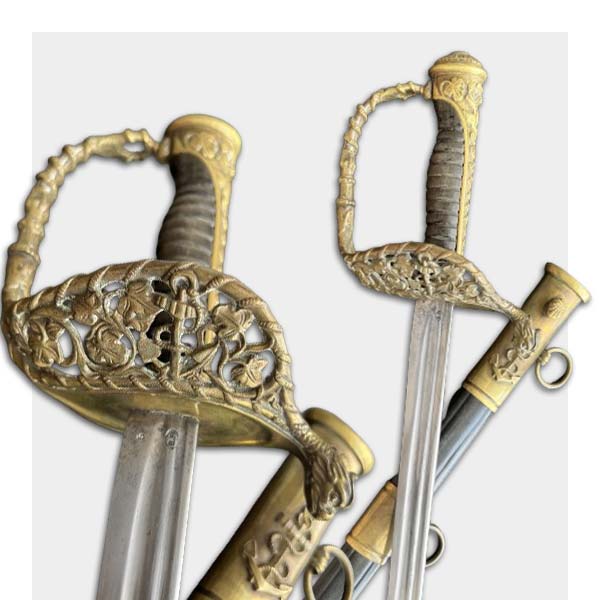

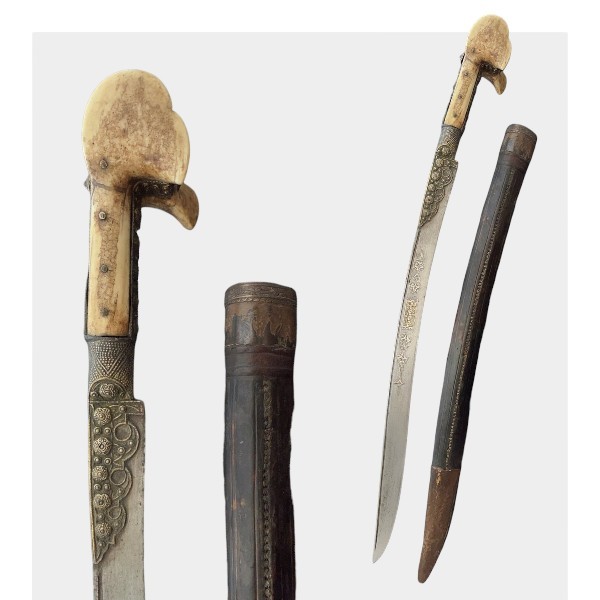
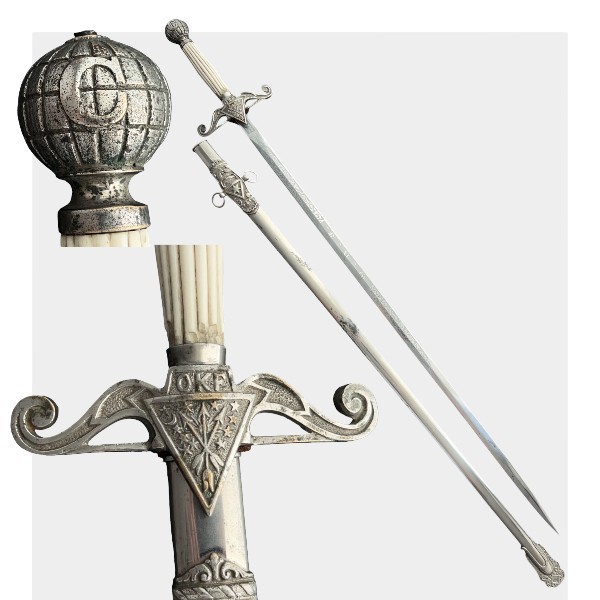
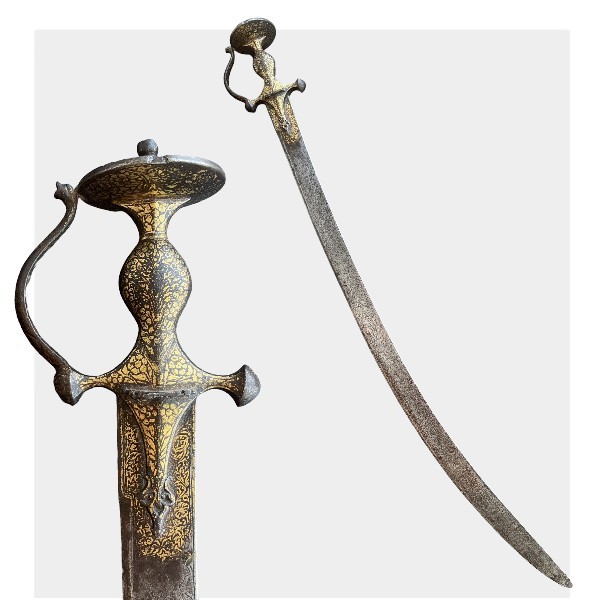


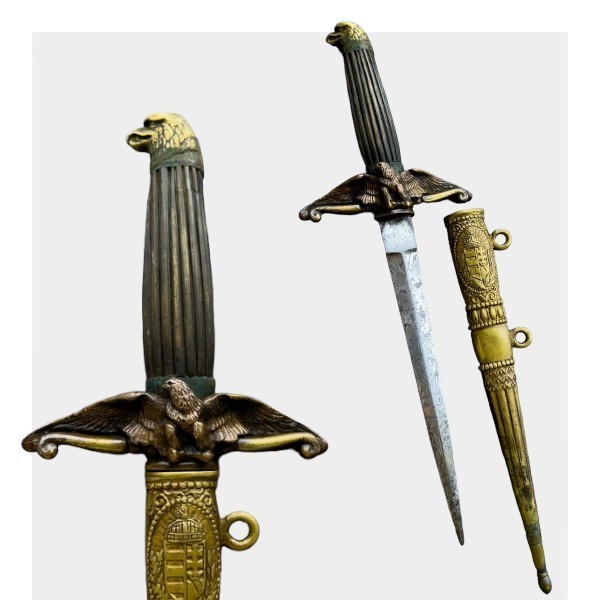


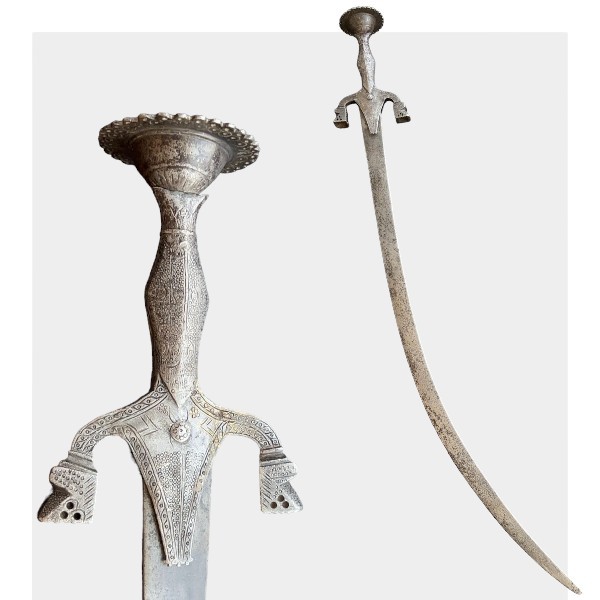
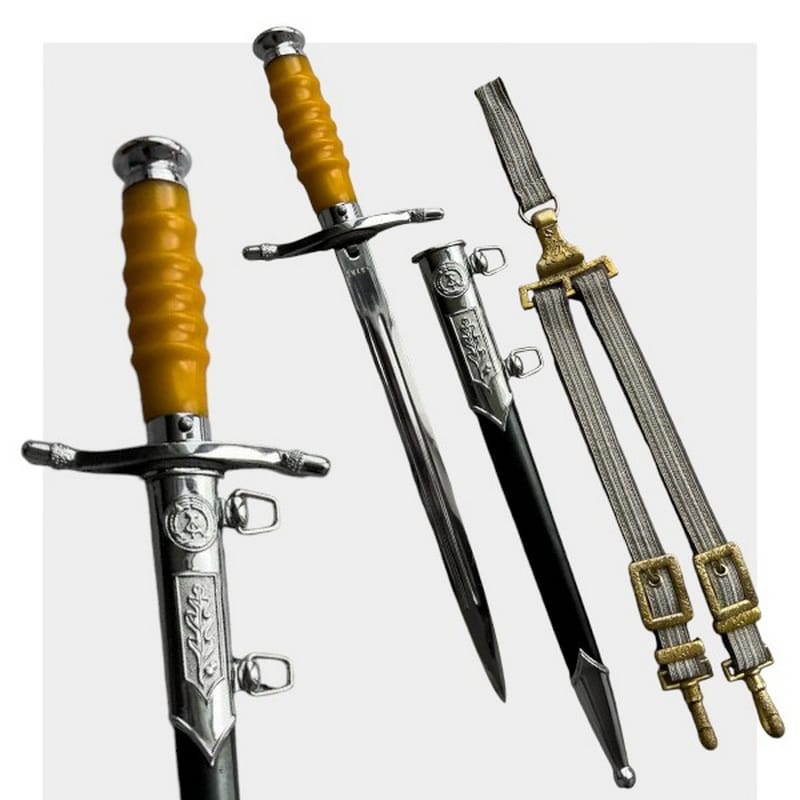
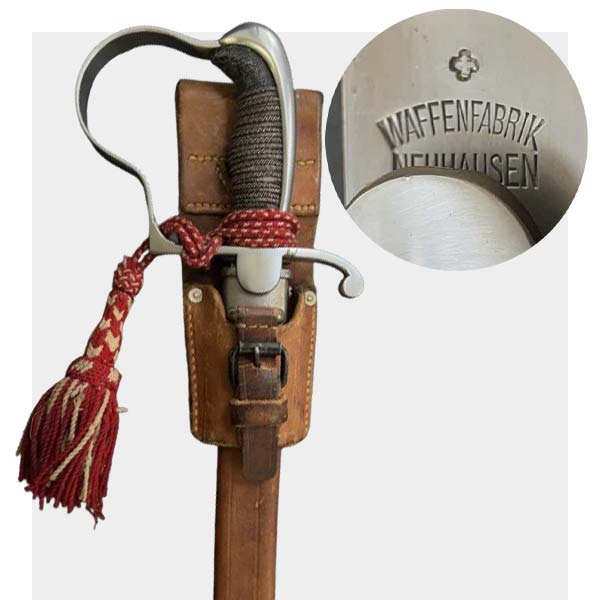
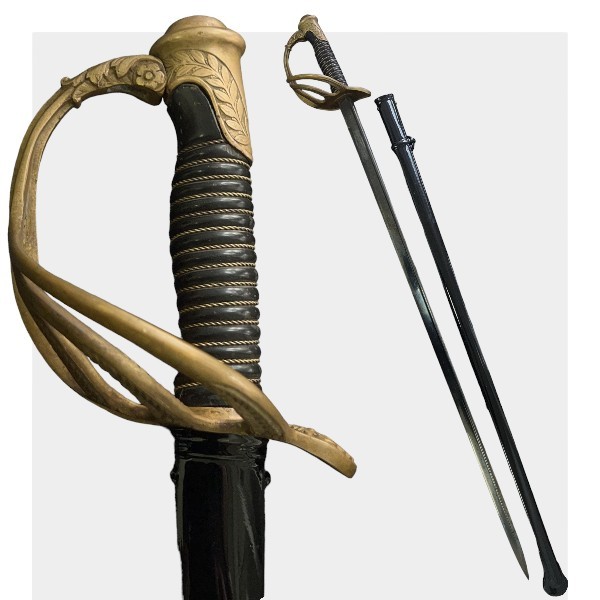

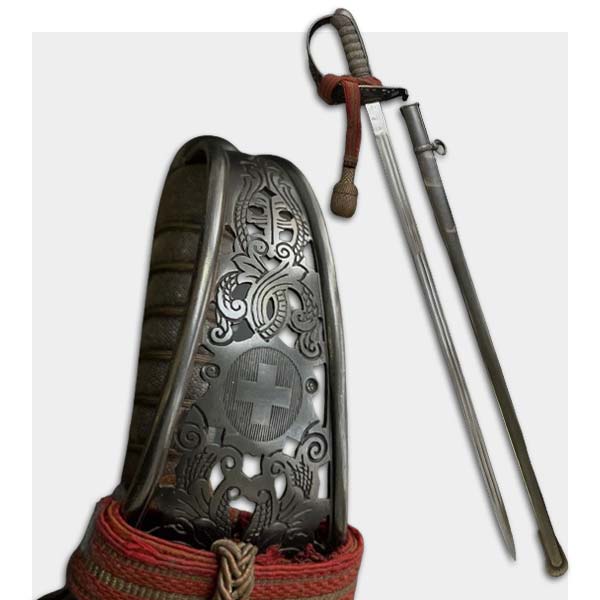

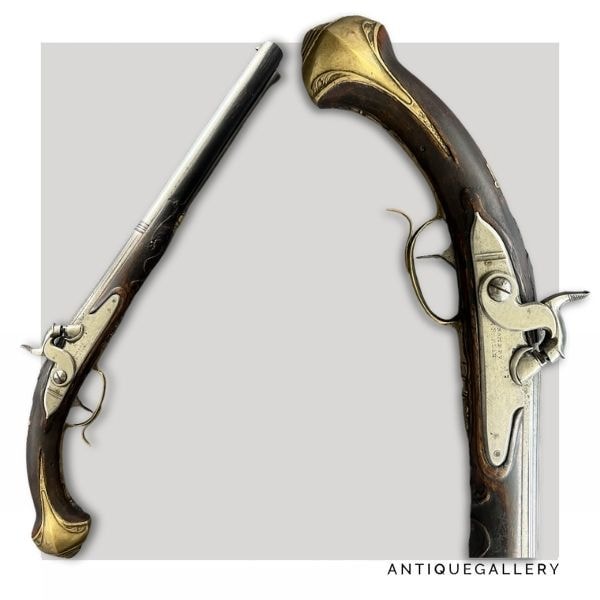
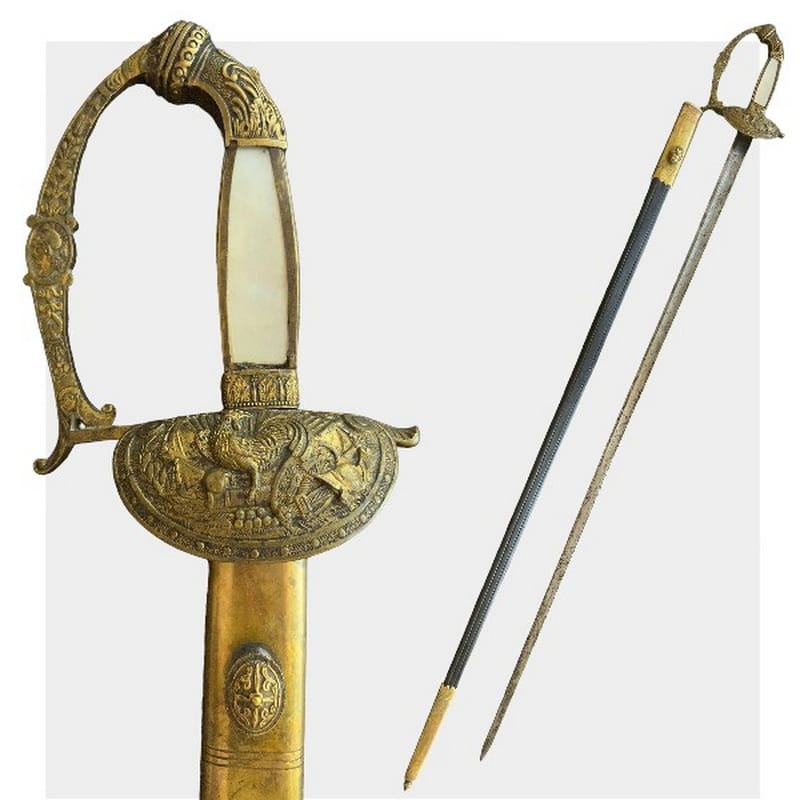
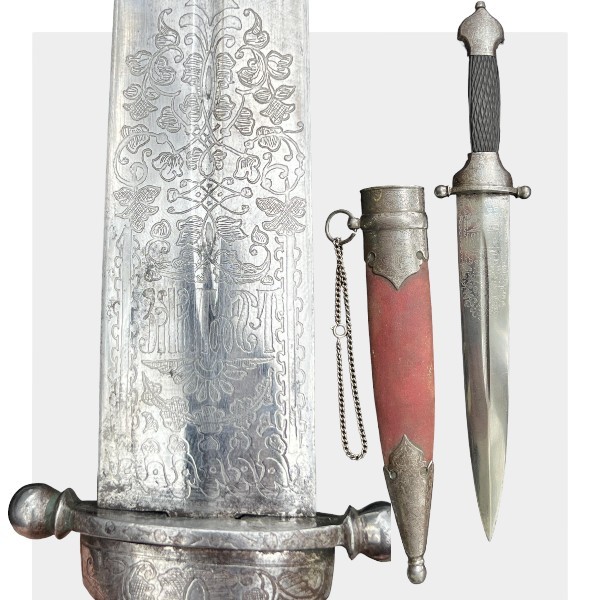

There are no reviews yet.